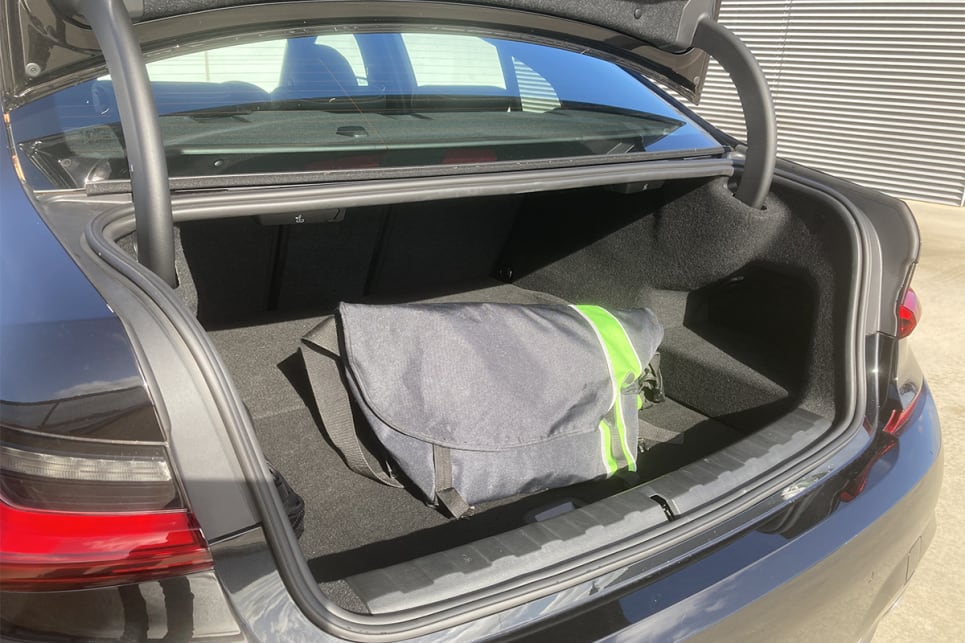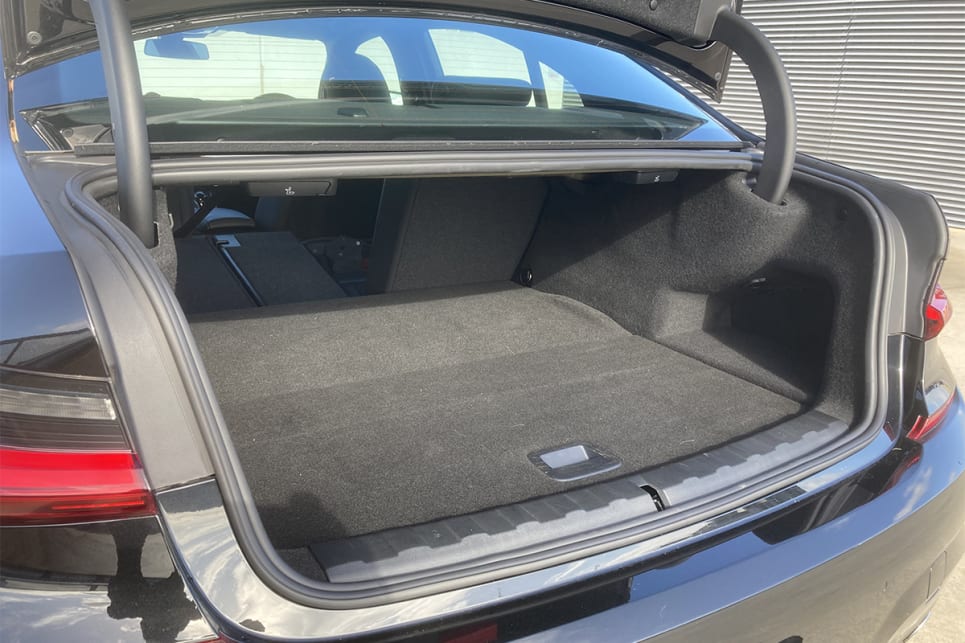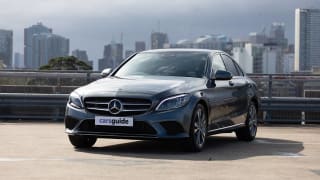It’s clear that electrification will become the norm in the not-too-distant future, from hybrids combining internal combustion engines (ICE) with electric motors and batteries, to the full battery electric vehicle (EV) and eventually hydrogen EV experience.
Somewhere along that spectrum, and nestled between the 320i (from $68,900) and 330i (from $74,900), is the 330e.
Arriving from Germany in either racy M Sport or dreary Luxury grades from $81,900 (before on-road costs), it features an electric motor and battery pack for up to 60km of pure EV propulsion, before a four-cylinder turbo-petrol engine kicks in for in excess of 1800km between refills, officially. Range anxiety be damned.
Mind you, the similarly-engined 320i but minus the electrification is almost 300kg lighter. Blame all that extra electrification swag like an 83kW synchronous motor, 10.3kWh lithium ion battery and a five-metre 1.8kW charging cable.
Being a PHEV means it needs up to six hours to recharge from a regular 10-amp household plug, down to a minimum of around 3.5 hours from a larger power source.
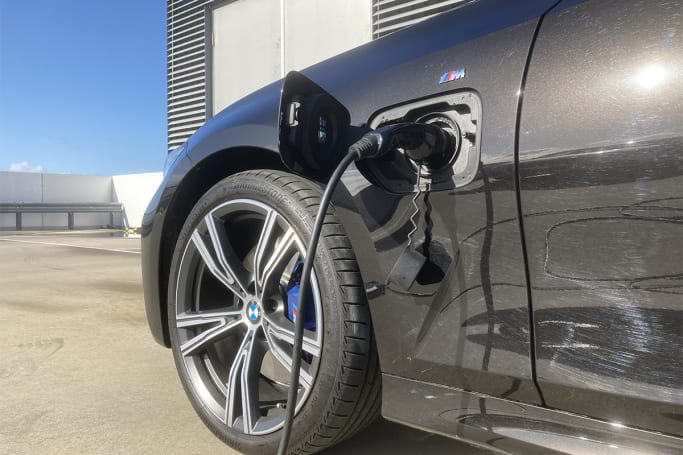
In contrast, a non-plug-in, series-parallel hybrid like the Lexus IS 300h barely manages 2.0km of sub-40km/h-only EV range, before its ICE takes over to replenish a much-smaller battery pack, and relegate the electric motor to mere performance and/or economy boosters only. That’s why the Lexus is some $20,000 cheaper.
This leaves the Mercedes-Benz C300e and Volvo S60 T8 Hybrid from $82,300 and $84,990 respectively as the BMW’s only true equals, as they’re PHEVs, too.
Though both promise slightly less EV range than the 330e, the former is comfort-biased while the latter is a bit of a Swedish hot-rod, blitzing all for sheer oomph while scoring all-wheel drive into the bargain.
Note, however, that from $75,425 (before tax and on-road costs) will buy you the mouthful Tesla Model 3 Standard Range Plus RWD (rear-wheel drive). As a pure EV, the Yank has kicked the ICE habit with a silent and furious need for speed.
Not that our 330e M Sport Package isn’t hot to trot, with its M Sport-enhanced suspension, brakes, aero body kit, 19-inch alloys shod with run-flat tyres (so no spare wheel), steering wheel, Alcantara/Sensonic vinyl upholstery and ‘Shadow Line’ gloss-grey trimmings. Menacing.
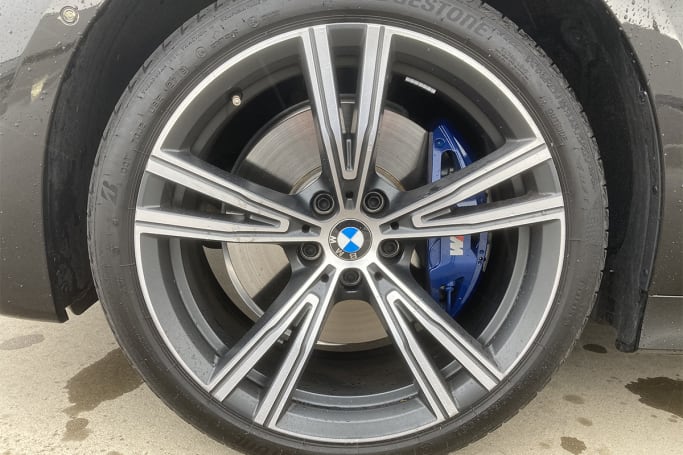
The BMW’s list of goodies is barely good enough for a sedan that’s over $90K drive-away. You’ll find adaptive dampers that switch seamlessly from firm to soft depending on how stiff/supple you want the ride to be, auto entry/start, stop/start, heated/folding/dipping mirrors, two USB and a single 12V ports, tri-zone climate control, electrically adjustable front seats with driver’s-side memory, three-year subscription-based in-car emergency and concierge services, Apple CarPlay (but still not Android Auto at the time of publishing), 12.3-inch digital instrumentation with head-up display, a 10.25-inch central screen, satellite navigation, extended Bluetooth connectivity, an unreliable ‘Hey, BMW’ voice-activation system, digital radio, 205W amplifier audio, a 32GB hard drive, wireless smartphone charger and a personalisation function in the key saving all your preferred settings.
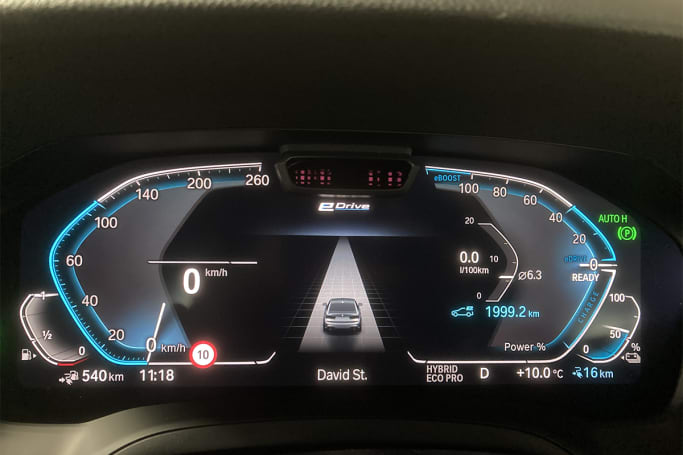
On the safety and security front there’s also autonomous emergency braking (AEB), warnings and active assistance/intervention for steering, lane-change, lane-departure and front/rear cross-traffic (with braking) situations, full-auto parking with surround-view 3D cameras and sensors, adaptive cruise control with full stop/go, auto high-beam LED headlights with delay/off, rain-sensing wipers, low-speed EV-mode acoustic warnings for pedestrians and localised recharging info including range radius. Handy.
Still, a sunroof is optional, as are our car’s trick 'Laser-light' active/adaptive LEDs, ambient cabin lighting, motion-sensor electric bootlid, seat and steering wheel heaters, galvanised trim, and other goodies, amounting to over $10,000. All blow out pricing towards $100K. Ouch.
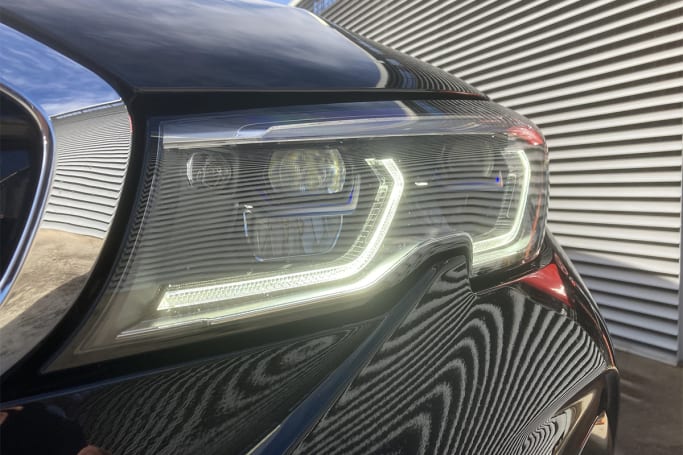
At least you can pre-set the climate control in your 330e via a BMW app. Cool!





